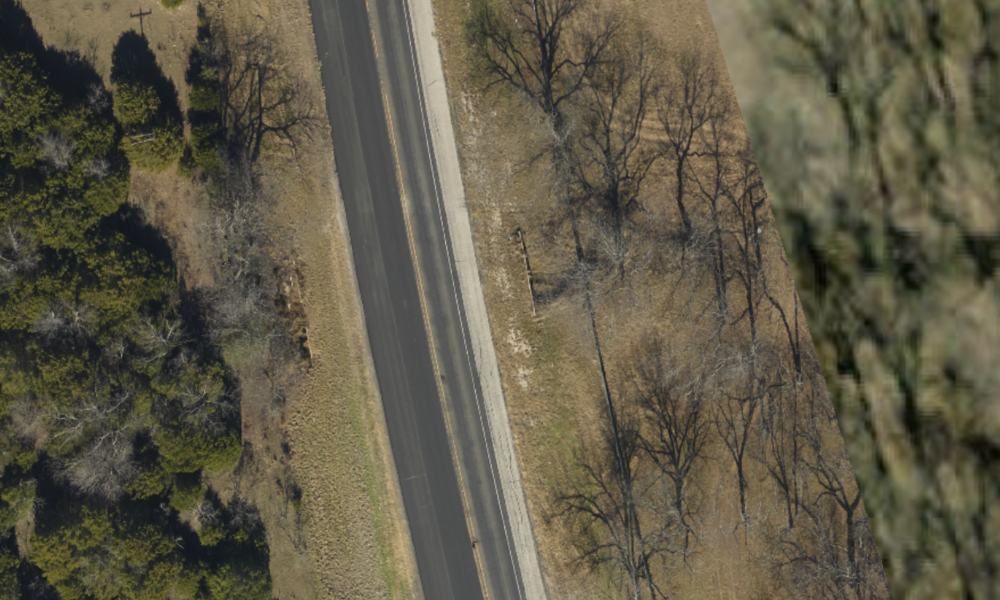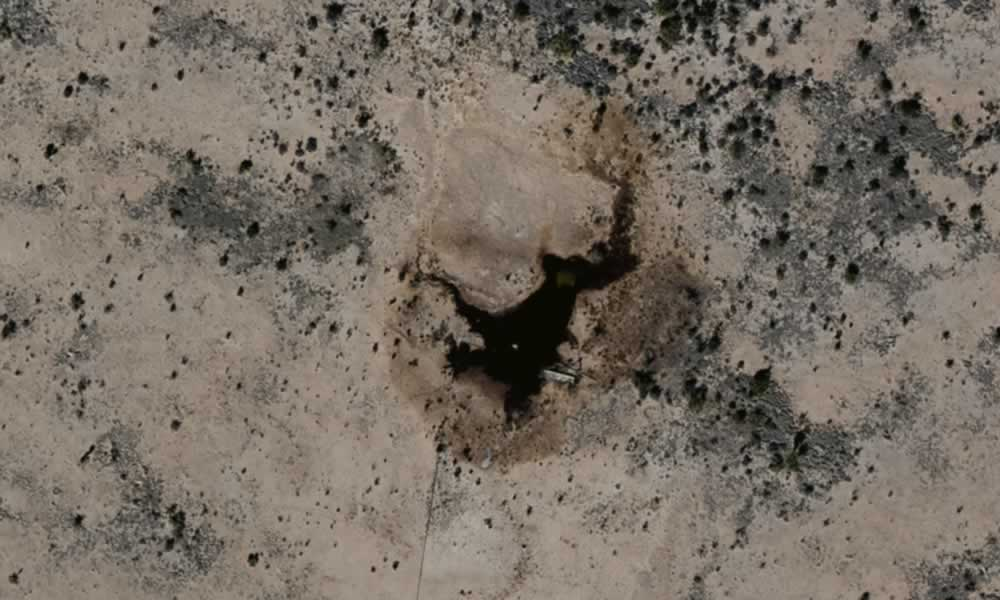Oil Spills in the Back 40? Why Ranchers Increasingly Seek Environmental Site Assessment
Oil Spills in the Back 40? Why Ranchers Increasingly Seek Environmental Site Assessment
Oil Spills in the Back 40? Why Ranchers Increasingly Seek Environmental Site Assessment
Oil Spills in the Back 40? Why Ranchers Increasingly Seek Environmental Site Assessment
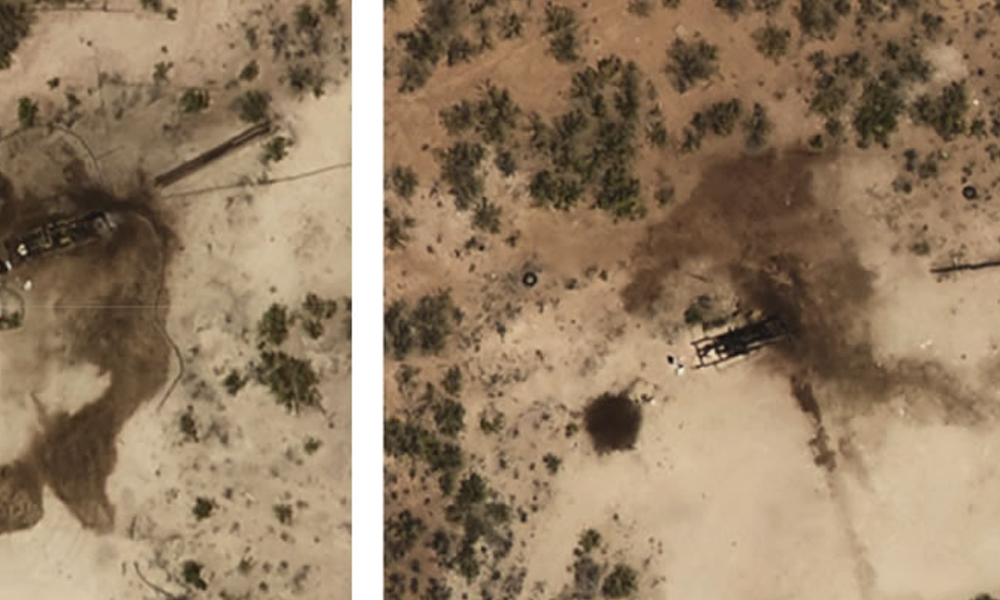
For ranches covering hundreds or even thousands of acres, the cumulative effects of spills and/or leaks from exploration and production activity, both old and new, can be significant. Hydrocarbon-related contamination is more than just unsightly blemishes on the landscape. It can negatively impact livestock and agriculture operations and destroy wildlife habitats. Hydrocarbon releases can also contaminate stock tanks, streams, and water tables. To protect their properties, more and more landowners are seeking a third-party ESA inspection (Environmental Site Assessment) to gather the evidence needed to demand remediation and seek legal recourse for damages.
Quantity, Distance & Scope Conspire to Weaken Regulatory Oversight
Monitoring oil and natural gas infrastructure for issues requiring enforcement is an enormous undertaking for regulatory agencies. A January 2022 Texas Railroad Commission (RRC) report stated that, as of August 2021, the Commission was responsible for tracking and overseeing 149,200 inactive and 290,110 active wells across the state.
That’s 439,310 wellheads spread across 171.9 million acres – in Texas alone.
While active wells are perceived as the biggest oil spill threat, there are many other possible sources of contamination. Inactive wells, if not plugged, can leak methane, water or oil even without a pump present. Amounts will be smaller, but since they’re inactive, they’re more likely to continue unobserved.
Above-ground or underground storage tanks, frac ponds, drilling mud ponds, diesel fuel tanks for trucks and equipment, well treatment chemicals—all these and more can leak toxic substances.
Plus, because most wells produce much more water than oil, that water has to go somewhere. About 90% of this produced water goes into saltwater disposal wells, or SWDs. Usually, the water retains at least some oil, along with many other hazardous substances. So, if produced water spills near an SWD, it will also require cleanup.
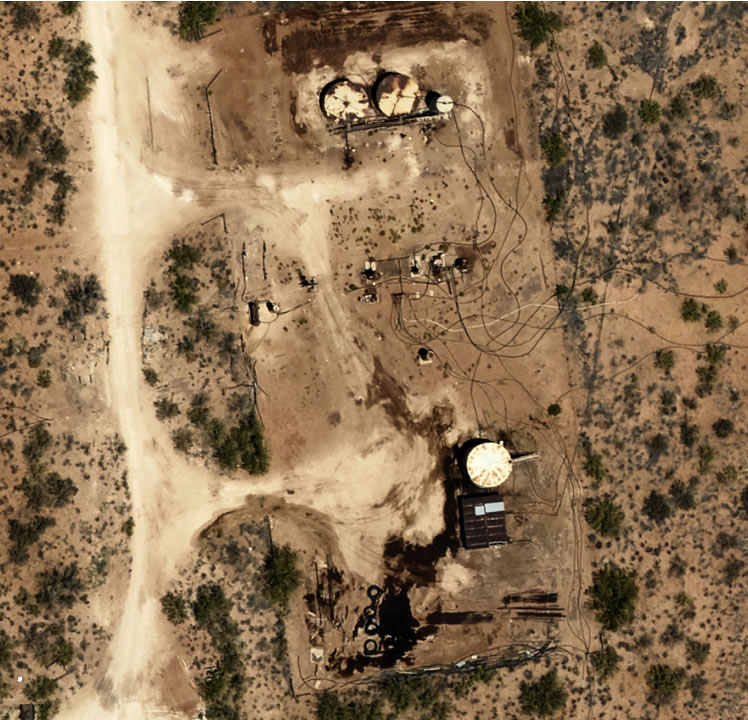
Expert Representation, Aerial Imagery & Taking Action
Given the sheer volume of potential contamination instances, regulatory agencies cannot be solely relied on to pursue enforcement. More and more landowners are realizing this fact and are proactively taking action to identify – and demand redress for – issues falling within their own property boundaries.
A case in point is a Texas ranch owner whose 30,000+ acre property has seen extensive oil and gas activity for over a century. With growing worries about the impact of spills, the rancher sought legal help. The rancher’s attorneys contracted with Roux, one of the top all-environmental firms in the nation, to locate and assess any damage on the property.
To begin the process, Roux scheduled a Prius Intelli flyover to capture high-resolution RGB orthophotography. Gathered by manned, fixed-wing aircraft, RGB orthophotography quickly and efficiently captures the surface intelligence needed to identify evidence of both active leaks and older, improperly remediated leaks.
Aerial Imagery simplified environmental site assessment by delivering the ability to:
- Remotely zoom in on saltwater disposal wells, well heads, tank batteries, gathering lines, and pipelines to identify oil stains and other signs of contamination.
- Pinpoint the exact map location of any suspected problem areas.
- Perform calculations regarding the size of contaminated areas.
- Strategically deploy ground crews to collect soil samples as needed.
For this Texas rancher, the environmental site assessment culminated in identifying areas containing hydrocarbon releases that exceeded regulatory limits. Instances of contamination were referred to the Texas Railroad Commission for enforcement and/or served as evidence in civil litigation, supporting the landowner in recovering damages from those accountable.
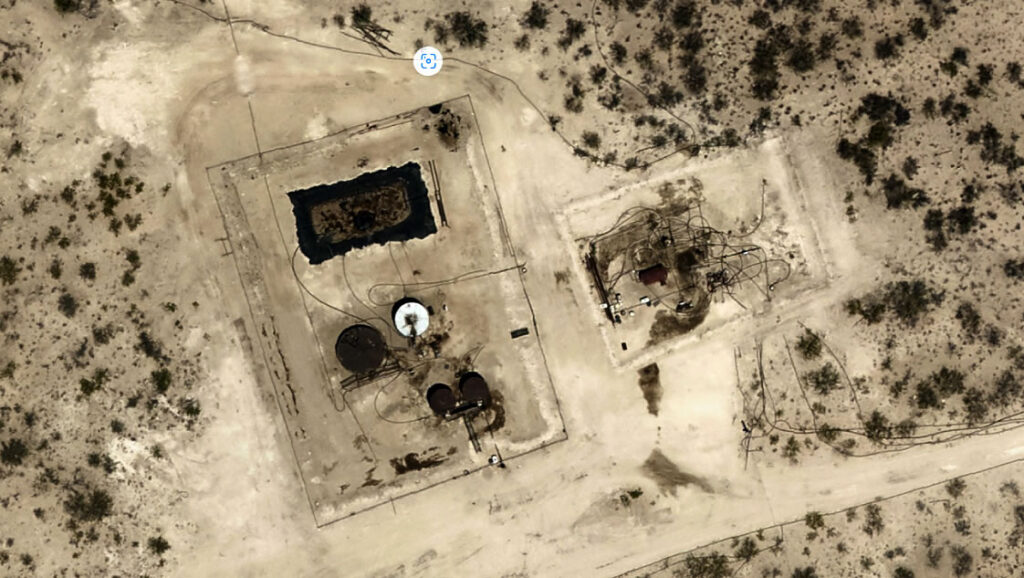
Learn more about Roux’s environmental consulting services.
A Necessary Shift to Safeguarding Ranchland
The growing recognition among ranchers of the potential risks and consequences of hydrocarbon contamination is prompting action to protect their properties. With the help of legal representation and environmental consulting expertise, landowners are effectively demanding redress for issues inside their fence lines. This shift towards proactive measures empowers landowners to safeguard their land, livestock, agriculture operations, and wildlife habitats, ensuring a healthier environment for future generations.

For ranches covering hundreds or even thousands of acres, the cumulative effects of spills and/or leaks from exploration and production activity, both old and new, can be significant. Hydrocarbon-related contamination is more than just unsightly blemishes on the landscape. It can negatively impact livestock and agriculture operations and destroy wildlife habitats. Hydrocarbon releases can also contaminate stock tanks, streams, and water tables. To protect their properties, more and more landowners are seeking a third-party ESA inspection (Environmental Site Assessment) to gather the evidence needed to demand remediation and seek legal recourse for damages.
Quantity, Distance & Scope Conspire to Weaken Regulatory Oversight
Monitoring oil and natural gas infrastructure for issues requiring enforcement is an enormous undertaking for regulatory agencies. A January 2022 Texas Railroad Commission (RRC) report stated that, as of August 2021, the Commission was responsible for tracking and overseeing 149,200 inactive and 290,110 active wells across the state.
That’s 439,310 wellheads spread across 171.9 million acres – in Texas alone.
While active wells are perceived as the biggest oil spill threat, there are many other possible sources of contamination. Inactive wells, if not plugged, can leak methane, water or oil even without a pump present. Amounts will be smaller, but since they’re inactive, they’re more likely to continue unobserved.
Above-ground or underground storage tanks, frac ponds, drilling mud ponds, diesel fuel tanks for trucks and equipment, well treatment chemicals—all these and more can leak toxic substances.
Plus, because most wells produce much more water than oil, that water has to go somewhere. About 90% of this produced water goes into saltwater disposal wells, or SWDs. Usually, the water retains at least some oil, along with many other hazardous substances. So, if produced water spills near an SWD, it will also require cleanup.

Expert Representation, Aerial Imagery & Taking Action
Given the sheer volume of potential contamination instances, regulatory agencies cannot be solely relied on to pursue enforcement. More and more landowners are realizing this fact and are proactively taking action to identify – and demand redress for – issues falling within their own property boundaries.
A case in point is a Texas ranch owner whose 30,000+ acre property has seen extensive oil and gas activity for over a century. With growing worries about the impact of spills, the rancher sought legal help. The rancher’s attorneys contracted with Roux, one of the top all-environmental firms in the nation, to locate and assess any damage on the property.
To begin the process, Roux scheduled a Prius Intelli flyover to capture high-resolution RGB orthophotography. Gathered by manned, fixed-wing aircraft, RGB orthophotography quickly and efficiently captures the surface intelligence needed to identify evidence of both active leaks and older, improperly remediated leaks.
Aerial Imagery simplified environmental site assessment by delivering the ability to:
- Remotely zoom in on saltwater disposal wells, well heads, tank batteries, gathering lines, and pipelines to identify oil stains and other signs of contamination.
- Pinpoint the exact map location of any suspected problem areas.
- Perform calculations regarding the size of contaminated areas.
- Strategically deploy ground crews to collect soil samples as needed.
For this Texas rancher, the environmental site assessment culminated in identifying areas containing hydrocarbon releases that exceeded regulatory limits. Instances of contamination were referred to the Texas Railroad Commission for enforcement and/or served as evidence in civil litigation, supporting the landowner in recovering damages from those accountable.

Learn more about Roux’s environmental consulting services.
A Necessary Shift to Safeguarding Ranchland
The growing recognition among ranchers of the potential risks and consequences of hydrocarbon contamination is prompting action to protect their properties. With the help of legal representation and environmental consulting expertise, landowners are effectively demanding redress for issues inside their fence lines. This shift towards proactive measures empowers landowners to safeguard their land, livestock, agriculture operations, and wildlife habitats, ensuring a healthier environment for future generations.


